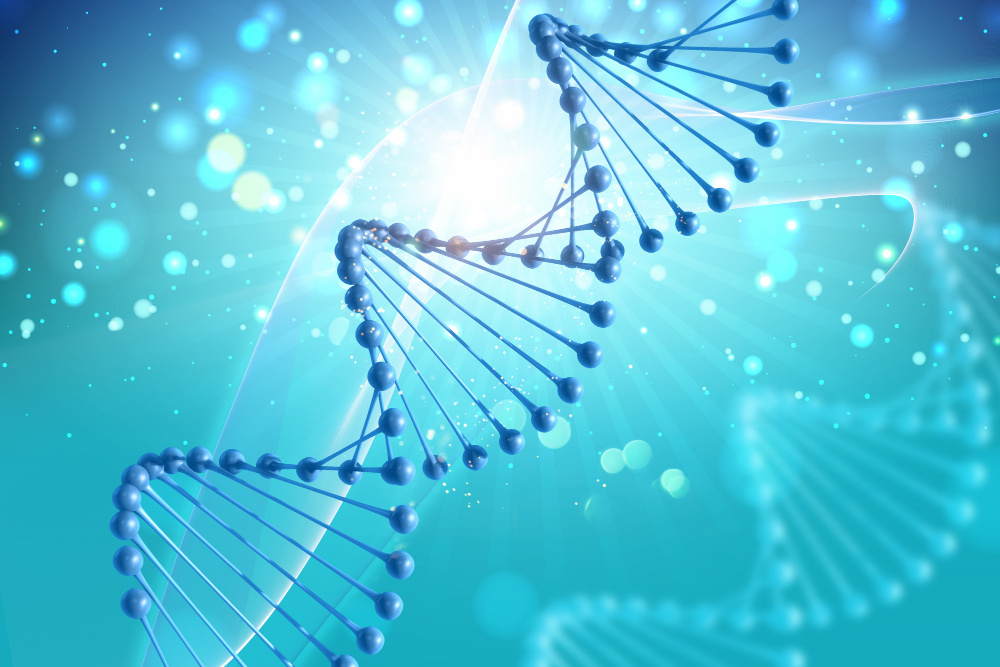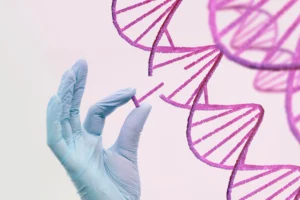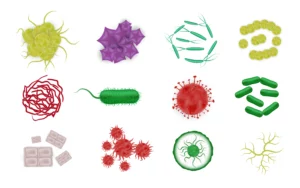Genetics: Unveiling Life’s Blueprint
In the realm of genetics, we dive into the complex domains of genes, heredity, and trait inheritance. This captivating field untangles the intricacies of life’s diversity and continuity. It unveils aspects ranging from eye color to susceptibility to diseases.
Genes and Heredity:
Genes, those DNA segments, house the instructions steering growth, function, and reproduction. By orchestrating protein synthesis within cells, genes conduct the symphony of life’s processes.
Heredity, the mechanism of gene transmission, weaves a tapestry of unique gene combinations. This genetic inheritance method shapes the striking diversity across populations and species. Traits can dominantly stand out or recede unobtrusively, adding an extra layer of complexity.
Mendelian Genetics:
The revered “father of genetics,” Gregor Mendel, initiated his groundbreaking work with pea plants. His elucidation of the law of segregation and the law of independent assortment unraveled allele separation and the random scattering of traits during gamete formation.
Genetic Variation and Mutations:
Genetic diversity, the bedrock of biodiversity, emerges through mutations—subtle DNA sequence alterations. Mutations, spurred by various factors like environmental triggers, replication glitches, or external agents like radiation, mold divergence and innovation. Some mutations are beneficial, others neutral or detrimental.
Modern Genetics and Molecular Biology:
DNA’s double-helix unveiling by Watson and Crick reshaped genetics. With techniques like polymerase chain reaction (PCR), DNA sequencing, and genetic engineering, researchers navigate DNA intricacies. These tools diagnose genetic disorders, illuminate gene functions, and engineer modified organisms.
Genetics and Health:
Genetics takes center stage in human health. Genetic disorders, rooted in gene mutations, underlie conditions like cystic fibrosis. Genetic testing and counseling bolster medical strategies, diagnosing, managing, and even preventing disorders.
Genomics and Beyond:
Genomics, an expansive realm, examines entire genomes. It deciphers gene interactions and their environmental responses. Genomics extends to personalized medicine, where interventions align with unique genetic landscapes.
Genetics is the lantern illuminating life’s labyrinth. It provides insight into trait inheritance, organism progression, and species diversity. From Mendel’s groundwork to cutting-edge genomics, genetics enriches our understanding of life’s intricacies and empowers us to shape and enhance our world.





Leave a Reply
You must be logged in to post a comment.